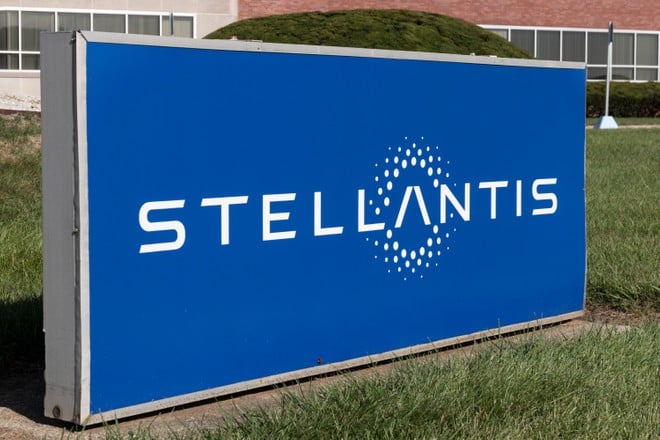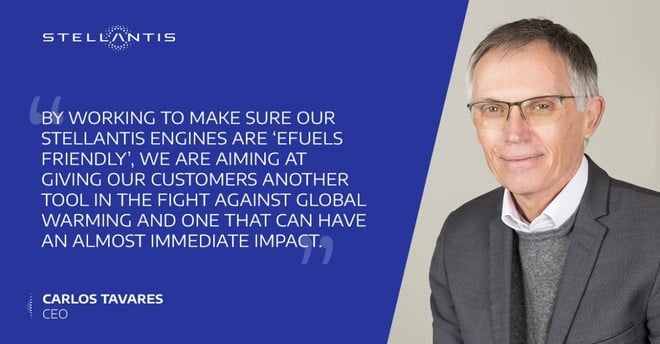
Stellantis is completing the e-fuel tests on 28 engine families. E-fuels, as we know, have risen to prominence recently after Germany obtained a waiver from the European Union on these fuels. From 2035, in fact, endothermic cars may still be marketed as long as they use e-fuels exclusively. Apparently, the automotive group also intends to focus on these fuels to achieve its decarbonisation objectives.
Indeed, although the commitment to sell 100% of battery electric vehicles in Europe by 2030, Stellantis is testing the usability; of e-fuels on vehicles produced starting from 2014 to further reduce carbon dioxide emissions. As we know, internal combustion cars will remain on the road for several more decades, even after the 2035 deadline. Therefore, e-fuels can potentially be useful for reducing emissions from Group models that will continue to circulate.
A massive adoption of e-fuels, according to Stellantis, would offer endothermic vehicle owners a simple option to decarbonise their cars without the need for a fuel injection system. to replace them, to upgrade the engine fuel system or to wait for a new infrastructure network. Carlos Tavares, CEO Stellantis, commented in this regard:
We are redoubling efforts in our fight against global warming by testing carbon-neutral fuel as a complementary solution to our holistic decarbonization approach. Our electrification strategy is moving forward steadily today. and great impetus. At the same time, we also need to find smart alternatives to manage CO2 emissions for the existing 1.3 billion ICE cars. By working to ensure that our Stellantis engines are ‘eFuel-friendly’, we intend to provide our customers with yet another tool in the fight against global warming, with a solution that will be able to reduce the cost of fuelling. have an almost impactful impact; immediate. This is a further initiative to reach the goal of zero emissions by 2038.
THE TESTS 

So, Stellantis was tested. committed to testing and validating 28 families of engines for the use of e-fuels. The Group informs that the evaluation protocolincludes, among other things, exhaust emission tests, fuel capacity and fuel efficiency. starting points, engine power, reliability, interactions with the lubricating oil, the tank, the filters and the fuel system.
According to Stellantis, the use of e-fuels up to 28 million vehicles of the Stellantis fleet, can; allow the potential reduction of up to 400 million tons of CO2 in Europe between 2025 and 2050. All that remains, therefore, is to wait for the results of these tests.
At the moment, the production of e-fuel is extremely limited and expensive and there are very few implants, mostly; linked to pilot projects, which implement it. According to those who believe in this technology, within a few years it will be possible to arrive at a large-scale production that will allow; to make this fuel competitive. According to others, however, it will not be reached. never to a large-scale diffusion and the costs will remain high.
The 5G Smartphone with the best quality/price ratio? Redmi Note 9T, buy it at the best price from Amazon at 209 euros.